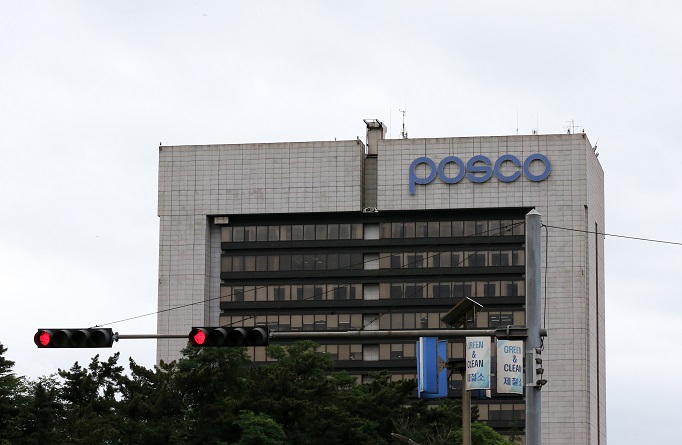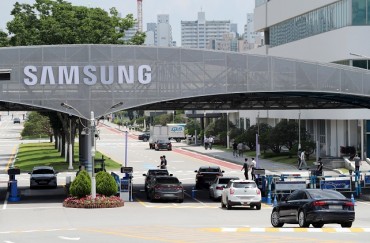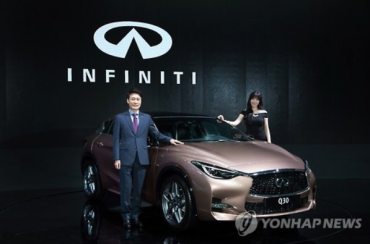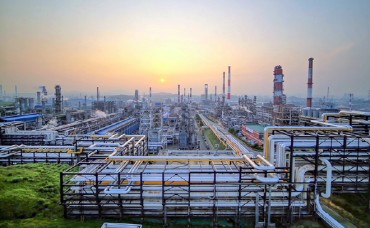SEOUL, July 3 (Korea Bizwire) — POSCO Holdings Inc. said Monday it will invest 121 trillion won (US$92 billion) by 2030 in an effort to boost its competitive edge in steelmaking and new growth engines.
South Korea’s leading steelmaker said 73 trillion won — more than 60 percent of the total — will be used in South Korea, mainly in its plants in the southeastern port of Pohang and the southern port of Gwangyang.
“POSCO will make the investment as part of efforts to develop itself as a major company of eco-friendly future resources with the best competitive edge in the world,” POSCO Chairman Choi Jeong-woo said in an event to mark the 50th anniversary of its first steel plant in Pohang, where the steel giant is based.
The investment is expected to help cement POSCO’s leading status in key business areas by securing future technologies and preempting the growing market, Choi said, adding it will help promote the country’s balanced growth and create good jobs.
The investment project is estimated to create a combined 330,000 jobs and generate a production inducement effect of around 120 trillion won over the period.
POSCO said the envisioned investment will focus not only on its flagship steelmaking business but also rechargeable battery production and “hydrogen business,” which will take the lead in achieving its target of carbon neutrality by 2050.
To that end, POSCO plans to operate a “hydrogen reduction” ironmaking facility, called HyRex, in 2026, with the aim of commercializing it by 2030.
The steel titan said the company will convert furnaces at its plants in the southeastern port of Pohang and the southern port of Gwangyang into HyRex facilities by 2050.
POSCO estimated the cost of introducing nine HyRex facilities and related equipment at 40 trillion won.
HyRex uses hydrogen to convert fine iron ore into direct reduced iron and charge it into an electric smelting furnace to produce hot metal.

Steel wire products at POSCO’s integrated steel mill in Pohang, some 370 kilometers south of Seoul. (Yonhap)
It aims to achieve near-zero carbon dioxide (CO2) emissions by utilizing CO2-free hydrogen and electricity.
The conventional method of producing iron involves using heat and gas generated from coal, which emits CO2, resulting in global warming.
POSEO forecast its hydrogen demand to reach 5 million tons per year when its furnaces in Pohang and Gwangyang are replaced with HyRex equipment.
POSCO has already unveiled a plan to produce 7 million tons of hydrogen by 2025 to emerge as a major hydrogen-producing corporation in the world.
POSCO has been ramping up efforts to diversify its business portfolio from steelmaking to resource supply, especially resources used for batteries, in a bid to find future sources of revenue.
(Yoinhap)







